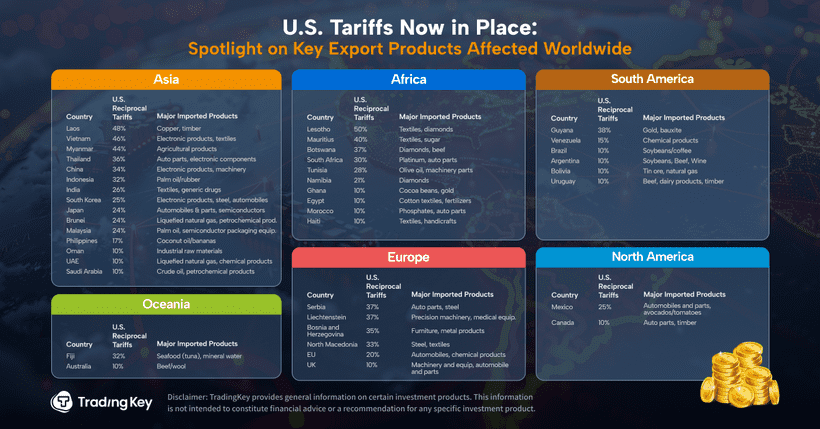- AUD/USD softens to around 0.6280 in Monday’s early Asian session.
- Global trade concerns ahead of potential US tariffs weigh on the Aussie.
- US core inflation climbed 2.8% YoY in February, hotter than expected.
The AUD/USD pair trades in negative territory near 0.6280 during the early Asian session on Monday. The Australian Dollar (AUD) weakens due to global trade concerns ahead of a planned announcement on Wednesday by US President Donald Trump on reciprocal tariffs.
Last week, Trump issued an order imposing a 25% tariff on auto imports, exacerbating global trade tensions. These aggressive trade measures are expected to strain ties with key trading partners, even before his proposed retaliatory tariffs on April 2. The fears of escalating trade tensions exert some selling pressure on the Aussie against the US Dollar (USD).
On the other hand, fresh stimulus measures from China could boost China-proxy Aussie, as China is a major trading partner with Australia. China’s finance ministry stated that it will inject 500 billion yuan ($69 billion) into four of the nation’s largest state banks, following through on Beijing’s earlier effort to strengthen the financial sector, per Bloomberg.
The US core Personal Consumption Expenditures (PCE) Price Index, the Federal Reserve’s preferred inflation, rose 0.4% MoM in February, compared to 0.3% in January, the Bureau of Economic Analysis reported Friday. On an annual basis, the core PCE climbed 2.8% in February versus 2.7% prior (revised from 2.6%).
The report indicated sticky inflation in the US economy. However, his aggressive trade policy could raise concerns that the economy may fall into stagflation or even recession, which might weigh on the Greenback. Swaps traders continued to price in about two quarter-point rate cuts this year, with the first seen coming in July, according to the CME FedWatch tool.
Australian Dollar FAQs
What key factors drive the Australian Dollar?
One of the most significant factors for the Australian Dollar (AUD) is the level of interest rates set by the Reserve Bank of Australia (RBA). Because Australia is a resource-rich country another key driver is the price of its biggest export, Iron Ore. The health of the Chinese economy, its largest trading partner, is a factor, as well as inflation in Australia, its growth rate and Trade Balance. Market sentiment – whether investors are taking on more risky assets (risk-on) or seeking safe-havens (risk-off) – is also a factor, with risk-on positive for AUD.
How do the decisions of the Reserve Bank of Australia impact the Australian Dollar?
The Reserve Bank of Australia (RBA) influences the Australian Dollar (AUD) by setting the level of interest rates that Australian banks can lend to each other. This influences the level of interest rates in the economy as a whole. The main goal of the RBA is to maintain a stable inflation rate of 2-3% by adjusting interest rates up or down. Relatively high interest rates compared to other major central banks support the AUD, and the opposite for relatively low. The RBA can also use quantitative easing and tightening to influence credit conditions, with the former AUD-negative and the latter AUD-positive.
How does the health of the Chinese Economy impact the Australian Dollar?
China is Australia’s largest trading partner so the health of the Chinese economy is a major influence on the value of the Australian Dollar (AUD). When the Chinese economy is doing well it purchases more raw materials, goods and services from Australia, lifting demand for the AUD, and pushing up its value. The opposite is the case when the Chinese economy is not growing as fast as expected. Positive or negative surprises in Chinese growth data, therefore, often have a direct impact on the Australian Dollar and its pairs.
How does the price of Iron Ore impact the Australian Dollar?
Iron Ore is Australia’s largest export, accounting for $118 billion a year according to data from 2021, with China as its primary destination. The price of Iron Ore, therefore, can be a driver of the Australian Dollar. Generally, if the price of Iron Ore rises, AUD also goes up, as aggregate demand for the currency increases. The opposite is the case if the price of Iron Ore falls. Higher Iron Ore prices also tend to result in a greater likelihood of a positive Trade Balance for Australia, which is also positive of the AUD.
How does the Trade Balance impact the Australian Dollar?
The Trade Balance, which is the difference between what a country earns from its exports versus what it pays for its imports, is another factor that can influence the value of the Australian Dollar. If Australia produces highly sought after exports, then its currency will gain in value purely from the surplus demand created from foreign buyers seeking to purchase its exports versus what it spends to purchase imports. Therefore, a positive net Trade Balance strengthens the AUD, with the opposite effect if the Trade Balance is negative.






